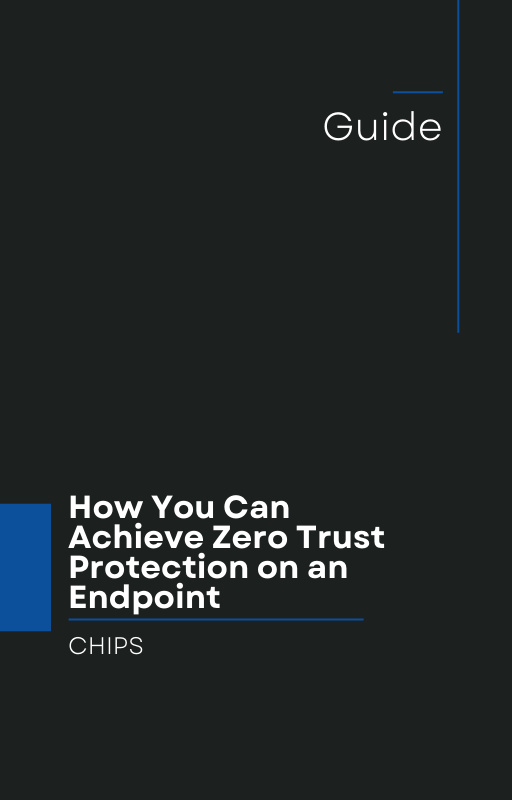In early 2024, a cyberattack on UnitedHealth Group subsidiary Change Healthcare sent shockwaves across the healthcare sector. Now, the financial toll is beginning to surface: Fairview Health Services disclosed that it lost over $7 million due to disruptions caused by the breach.
According to the Star Tribune, the breach impacted Fairview's ability to process insurance claims and medical billing, directly harming cash flow and operational stability. While Fairview expects to recover some of the losses through insurance and reimbursements, this incident exposes the stark reality many healthcare providers face: reactive cybersecurity isn't working.
The Healthcare Sector Is a Prime Target
The healthcare industry has long been a favorite target of cybercriminals. It holds troves of sensitive data, relies on real-time systems, and often uses legacy infrastructure that wasn’t built with modern cybersecurity threats in mind. Change Healthcare’s breach affected providers across the country, showing how interconnected — and vulnerable — the entire ecosystem really is.
Yet, many organizations are still relying on the traditional "Detect and Respond" model. That’s the problem.
Why “Detect and Respond” Fails in Modern Cyber Warfare
The “Detect and Respond” model assumes that breaches are inevitable. It banks on identifying threats after they’ve infiltrated the system, and then launching a response. But here’s the catch: today's ransomware and malware can move faster than your systems can react. Once inside, even a brief delay in detection gives attackers enough time to encrypt data, exfiltrate records, or disrupt operations — like they did to Fairview.
Detection tools can miss novel or modified malware strains. Even with the best monitoring, attackers often have the upper hand. The real question is: Why wait for an alarm to go off when you can prevent the intrusion from executing in the first place?
AppGuard: A Proven Alternative That Prevents the Damage
AppGuard takes a fundamentally different approach. Rather than playing catch-up, it stops malware from executing — no detection required.
Here’s how it works:
-
Isolation: AppGuard isolates applications and processes, preventing them from doing anything abnormal — like modifying files or launching scripts.
-
Containment: Even if malware somehow makes it onto a device, it’s rendered harmless. It can’t move laterally, can’t escalate privileges, and can’t cause damage.
-
No Signature Updates Required: AppGuard doesn’t need to “know” the malware. It simply blocks behavior that’s not allowed — automatically and silently.
With over 10 years of success in classified and government environments, AppGuard is now available for commercial use. It’s protecting organizations from the very attacks that are costing others millions.
What If Fairview Had AppGuard?
If Fairview, Change Healthcare, or other affected entities had been using AppGuard, this $7 million incident might have been avoided altogether. AppGuard would have stopped the attack before it started, without needing to detect it, analyze it, or update definitions.
For hospitals, insurers, and any business that can’t afford downtime — that’s the kind of peace of mind you need.
It’s Time to Rethink Cybersecurity
The lesson here is clear: Prevention must replace detection. The stakes are too high to rely on reactive strategies. As cyberattacks become more advanced and AI-enhanced, the "Detect and Respond" model is being outpaced.
Isolation and Containment is the only model proven to neutralize threats before damage is done.
Take Action Before You're the Next Headline
At CHIPS, we’re helping businesses make the shift to true endpoint protection with AppGuard. If you’re ready to stop playing defense and start preventing cyber incidents, let’s talk.
Contact CHIPS today to learn how AppGuard can help protect your business from devastating attacks like the one that cost Fairview over $7 million.
Like this article? Please share it with others!

May 16, 2025

Comments